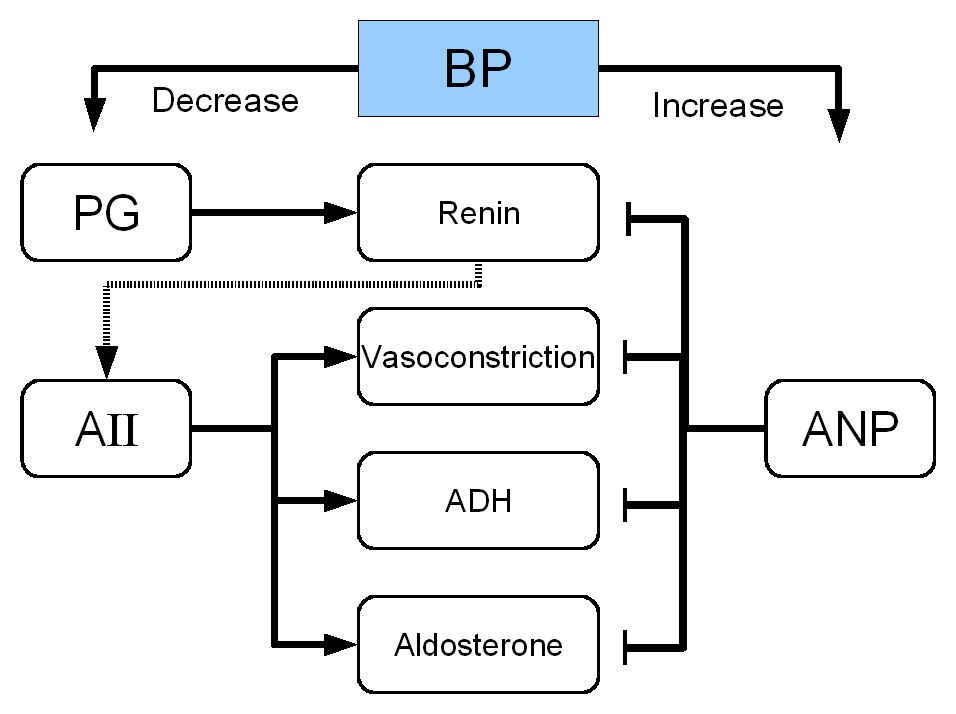A groundbreaking minimally invasive procedure, Targeted Thermal Therapy (Triple T), has been developed to treat primary aldosteronism, a common yet often undiagnosed cause of high blood pressure. This innovation offers a safer and quicker alternative to traditional surgical methods, potentially transforming hypertension treatment worldwide.
Understanding Primary Aldosteronism and Its Impact

Primary aldosteronism (PA) is a condition in which the adrenal glands produce excessive amounts of aldosterone, a hormone responsible for regulating salt and water balance in the body. This overproduction leads to high blood pressure (hypertension) by increasing sodium retention and reducing potassium levels.
Studies suggest that PA accounts for approximately 5–10% of hypertension cases, but fewer than 1% of affected individuals are diagnosed (Source: The Lancet Endocrinology). Undiagnosed and untreated PA significantly increases the risk of cardiovascular complications, including heart attacks, strokes, and kidney disease. Traditional treatment methods include medication, lifestyle changes, or surgical removal of the affected adrenal gland (adrenalectomy), which can be invasive and require lengthy recovery times.
A Revolutionary Alternative: Targeted Thermal Therapy (Triple T)
Triple T is a minimally invasive procedure that selectively targets and destroys the adrenal nodule responsible for excessive aldosterone production while preserving the rest of the gland. Unlike adrenalectomy, which involves complete gland removal, this new method ensures that patients retain normal adrenal function.
The procedure uses endoscopic ultrasound-guided radiofrequency ablation (EUS-RFA), a technique where a thin needle is inserted into the affected adrenal gland through a catheter. Controlled heat is then applied to destroy the overactive nodule without harming surrounding tissues (Source: New England Journal of Medicine). The process takes approximately 20 minutes and does not require incisions, making it a far less invasive option than traditional surgery.
Clinical Trials and Effectiveness
A recent clinical study known as the FABULAS trial evaluated the effectiveness of Triple T in treating primary aldosteronism. The trial involved 28 patients diagnosed with PA, all of whom underwent the new procedure (Source: European Society of Endocrinology). Results showed that after six months:
• A majority of patients achieved normal hormone levels, indicating the successful elimination of aldosterone overproduction.
• Many participants were able to discontinue their hypertension medications completely.
• No significant complications or recurrences of PA were reported.
Following these promising results, a larger, randomized trial named “WAVE” has been launched to compare Triple T with traditional adrenalectomy. This study is expected to provide conclusive evidence by 2027 regarding the long-term efficacy and safety of the procedure (Source: British Journal of Surgery).
Advantages Over Traditional Treatments
Compared to conventional adrenalectomy, Triple T offers several benefits:
1. Minimally Invasive Approach – Unlike surgery, Triple T does not require large incisions, reducing the risk of complications such as infections or excessive bleeding.
2. Faster Recovery Time – Since the procedure is performed via catheter-based technology, patients can often return home the same day (Source: American Journal of Hypertension).
3. Preservation of Adrenal Function – The method targets only the overactive nodule, allowing the rest of the adrenal gland to continue normal hormone production.
4. Reduced Dependence on Medications – By treating the root cause of hypertension, Triple T may help patients avoid lifelong medication use.
The Future of Hypertension Treatment
Given that hypertension affects one in three adults globally, with PA being a significant but often undiagnosed contributor, the introduction of a curative, minimally invasive treatment could revolutionize patient care (Source: World Health Organization). If ongoing research continues to support the effectiveness of Triple T, it may soon become the preferred treatment for primary aldosteronism.
The medical community is optimistic that this approach will pave the way for similar techniques targeting other hormone-related disorders. As research expands, the potential for wider applications of radiofrequency ablation in endocrinology and cardiology grows stronger.
Conclusion
Targeted Thermal Therapy (Triple T) is an innovative breakthrough in the treatment of primary aldosteronism, offering an effective, minimally invasive alternative to traditional adrenalectomy. Early clinical trials show promising results, with significant improvements in blood pressure control and reduced medication dependence. As research progresses, this treatment may soon become a game-changer in hypertension management, benefiting millions of undiagnosed and untreated individuals worldwide.
References:
1. The Lancet Endocrinology: Study on the prevalence of primary aldosteronism in hypertension patients.
2. New England Journal of Medicine: Findings on endoscopic ultrasound-guided radiofrequency ablation.
3. European Society of Endocrinology: FABULAS trial results for Triple T.
4. British Journal of Surgery: Overview of the WAVE clinical trial.
5. American Journal of Hypertension: Benefits of minimally invasive procedures over traditional adrenalectomy.
6. World Health Organization: Global statistics on hypertension and its implications.
Also Read About : What to Do During a Heart Attack Alone: A Life-Saving Guide
Visit Us At : https://g.co/kgs/rTqAjgt





